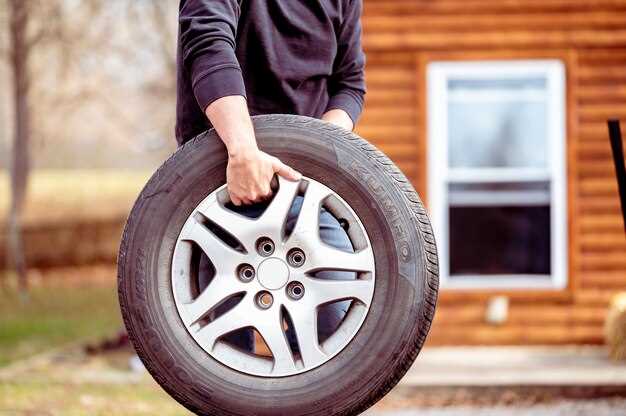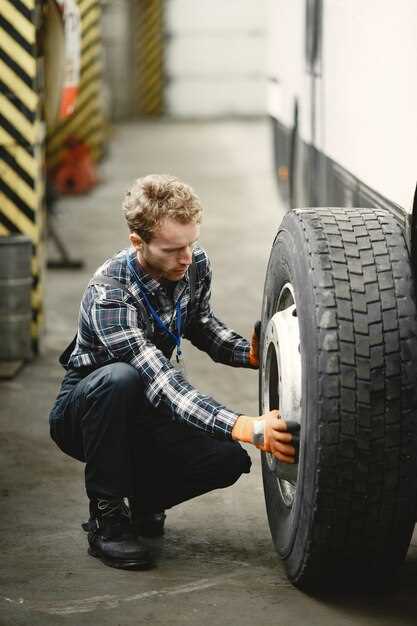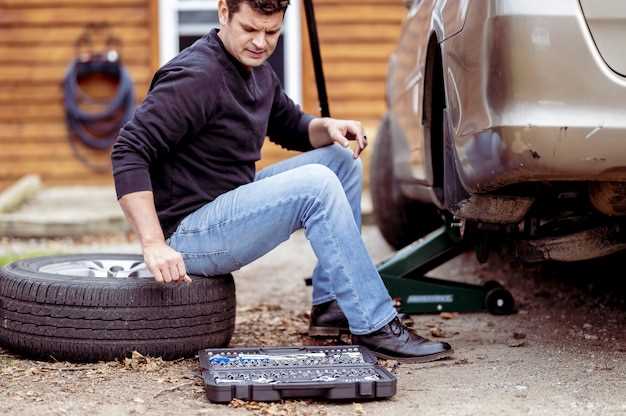
When it comes to maintaining the performance and safety of a truck, tire management is paramount. Proper mounting and dismounting of truck tires is not only crucial for the longevity of the tires but also essential for the safety of the vehicle and its occupants. In this article, we will explore effective and safe methods to handle the mounting and dismounting process, ensuring that both operators and equipment are protected.
The process of mounting truck tires involves various steps that require attention to detail and adherence to safety protocols. Using the right tools and equipment is vital to prevent accidents and damage during the operation. Additionally, understanding the characteristics of different tires, as well as the specifications of the truck, can greatly affect the success of the operation.
On the other hand, dismounting tires requires a systematic approach to avoid injuries and maintain the integrity of both tires and rims. This phase encompasses more than just removing the tire; it also involves inspecting the tire for wear and damage, which can provide valuable information for future maintenance. By adhering to recommended practices, operators can ensure that the tire changing process is efficient and safe.
Choosing the Right Tools for Tire Mounting

Selecting the appropriate tools for tire mounting is crucial for ensuring safety and efficiency during the process. The right equipment can significantly reduce the risk of accidents and improve the overall quality of the tire installation.
Firstly, a high-quality tire mounting machine is essential. These machines are designed to handle the weight and size of truck tires, providing the necessary leverage to mount the tires correctly without causing damage. Look for machines with adjustable arms and appropriate clamping mechanisms to accommodate various tire sizes.
In addition to a mounting machine, having a reliable tire demounting tool is equally important. These tools facilitate the removal of tires without risking injury or damaging the wheels. Choose demounting tools made from durable materials to withstand the stresses of frequent use.
Another vital tool in the tire mounting process is the bead seater. This device helps ensure that the tire bead seals properly against the rim during inflation. A proper seal is imperative for safety, as improperly seated tires can lead to blowouts or loss of air pressure while driving.
Furthermore, an air compressor with enough power for truck tire inflation is necessary. This compressor should provide consistent and controllable air pressure to ensure tires are inflated to the manufacturer’s specifications, enhancing safety and performance.
Don’t overlook the importance of personal protective equipment (PPE) as part of your tool selection. Safety goggles, gloves, and steel-toed boots are essential to protect against potential injuries during the mounting process.
Lastly, keep an organized workspace. Toolboxes and storage solutions can help maintain all your mounting tools in good condition, reducing the risk of accidents caused by misplaced or damaged equipment. Proper organization promotes safety and efficiency.
Step-by-Step Guide to Safely Mounting Tires
Mounting tires correctly is crucial for ensuring safety and optimal performance. Follow these steps to safely mount truck tires.
1. Prepare the Workspace
Choose a flat, well-lit area with enough space to work comfortably. Ensure all necessary tools are within reach, including a tire-changing machine, tire iron, and safety gear such as gloves and goggles.
2. Inspect the Tires
Before mounting, inspect the tires for any visible damage or defects. Check the tread depth, sidewalls, and bead seat for cracks or punctures. Discard any tire that shows significant wear or damage.
3. Clean the Wheel
Before installing a new tire, clean the wheel to remove dirt, rust, and debris. This helps create a proper seal and prevents air leaks, ensuring the safety of the tire.
4. Align the Tire
Position the tire on the wheel, aligning the valve stem with the corresponding hole in the rim. This alignment is crucial for proper inflation and performance.
5. Mount the Tire
Using the tire-changing machine, carefully mount the tire onto the wheel. Follow the machine’s instructions and ensure that the tire bead is seated correctly on both sides of the rim.
6. Inflate the Tire
After mounting, inflate the tire to the manufacturer’s recommended pressure. Use a reliable air gauge to ensure accuracy. Check for any air leaks around the bead after inflation.
7. Perform a Final Inspection
Inspect the mounted tire for any misalignment or uneven seating. Ensure that the valve stem is positioned correctly and that the tire appears symmetrical with the wheel.
8. Dispose of Old Tires Properly
After successful mounting, ensure that any old or damaged tires are disposed of in accordance with local regulations. Proper disposal is essential for environmental safety.
By following this step-by-step guide, you can ensure that your truck tires are mounted safely and efficiently, contributing to overall road safety.
Best Practices for Dismounting Tires Without Injury

Dismounting truck tires requires careful handling and adherence to safety protocols to prevent injuries. Here are essential best practices to follow:
Firstly, always wear appropriate personal protective equipment (PPE), including safety gloves, goggles, and steel-toed boots. This gear provides a crucial layer of protection against potential hazards during the dismounting process.
Ensure that the work area is clean and organized. Remove any obstacles that may impede your movement or create tripping hazards. An orderly workspace minimizes distractions and enhances safety when handling heavy tires.
Before starting, inspect the tire for any visible damage. If a tire appears compromised, consult a professional for proper handling instructions. Never attempt to dismount a tire that shows signs of significant wear or structural failure.
Use the correct tools designed specifically for tire dismounting. This includes tire levers, bead breakers, and impact wrenches. Employing the right equipment is vital for both efficiency and safety, reducing the risk of injury caused by improper handling.
When removing a tire, ensure the vehicle is securely lifted and stable. Use jack stands to provide additional support before you start dismounting. Never rely solely on hydraulic jacks, as they can fail and cause severe injuries.
It is also essential to maintain a stable posture when dismounting tires. Bend your knees and keep your back straight to lift tires properly, avoiding excessive strain on your body. Communicate clearly with team members if you are working with others to ensure everyone is aware of their roles during the process.
Lastly, after successfully dismounting the tire, carefully inspect the rim and surrounding components for any damage before storing or replacing the tire. Following these best practices enhances safety and ensures a more efficient tire dismounting process without personal injury.




